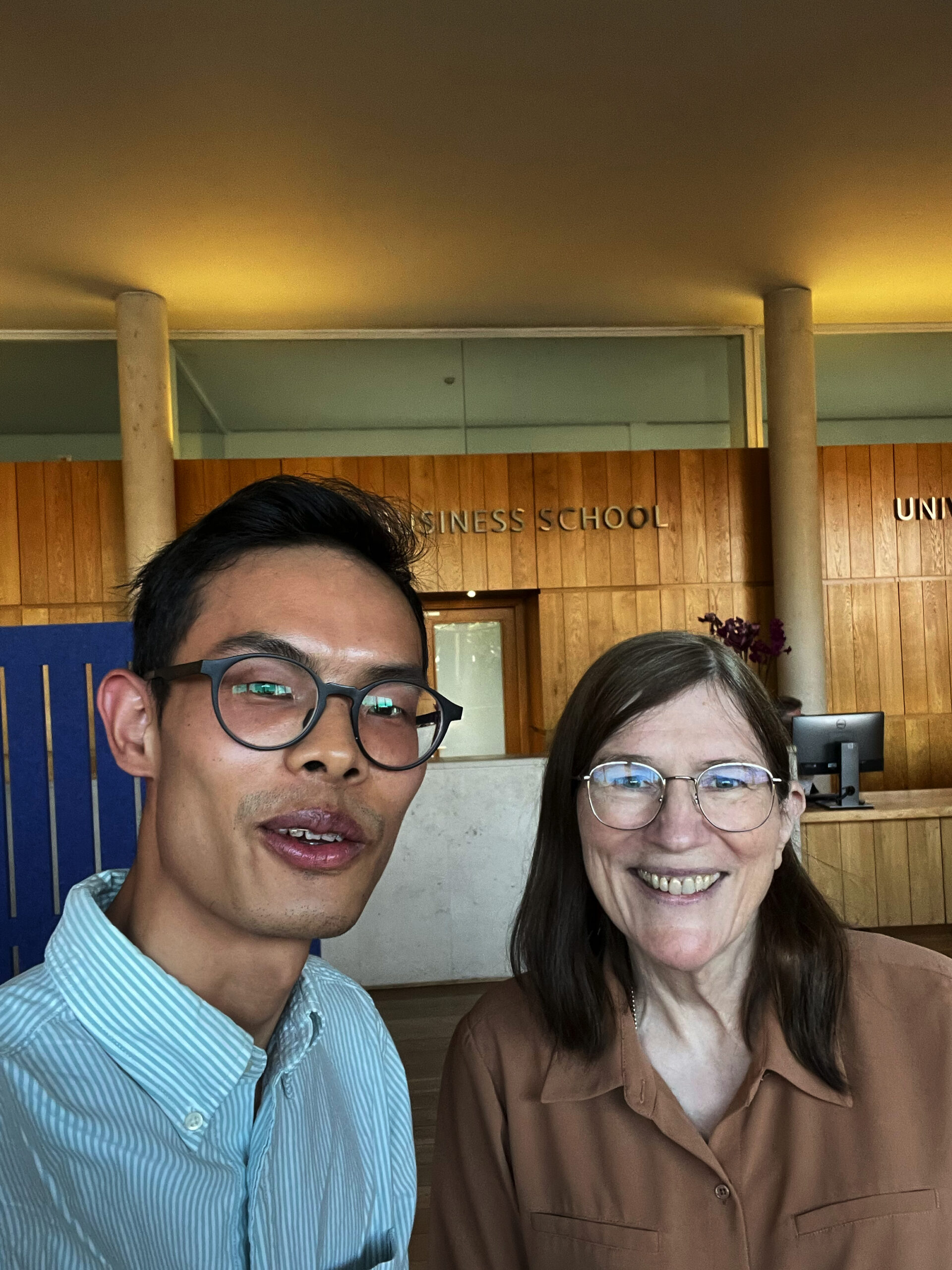
Yesterday morning I was on the fence whether to go to Oxford to attend Barbara’s lecture. Both the train fare and time commitment are not negligible.
So help me decide whether it was worth it.
First of all, some quick stuff that you might want to check out right away.
Good books to read about GenAI
Theoretical:
- The worlds I see
- the alignment problem
Practical:
- Co-intelligence (Ethan Mollick)
- Teaching with AI, a practical guide to a new era of human learning (Jose Antonio Bowen)
Recommended Coursera courses
Navigating Generative AI: A CEO Playbook
Generative AI Essentials: Overview and Impact
Introduction to Artificial Intelligence (AI)
Recommended places to find AI tools
FutureTools Collects & Organizes All The Best AI Tools So YOU Too Can Become Superhuman
Discover the best AI tools with Supertools.
Tools mentioned by Barbara
Scite for AI powered research
Semantic Scholar also for AI powered research
What I have learned
Lesson 1 Try different models
I have always found ChatGPT to be the best for me and dabbled Claude, Gemini, and llama 3. I did notice the difference in performance, however I still believed that ChatGPT is a good enough to serve as my go-to model and didn’t really try to use other models in my daily life. For me, the UI and functionalities (custom GPT, custom instruction) are just better.
However, Barbara made me realize that I might be wrong. I might be missing out a lot of interesting things by sticking to only one model and it is against the general wisdom that the more models, the better the overall result, though in this case, information overload can be an issue. I highly suspect that one is enough for most use cases but anyone should adjust the mentality that any single model is enough for other models.
Lesson 2, teach with metaphors
Metaphor is the best way to teach and learn. Research has revealed that the top teachers and lectures are successful because they leverage the power of metaphors. It is the case because metaphors can ease learning and good hooks can spark curiosity, which activates learner’s brain.
How to find the best metaphors? Use GenAI. GenAI is great at coming up with good and creative metaphors, such as this one:

This is actually very similar to what I had learned in a Coursera course that I took a while ago. The instructor, Jules White, showed how he used ChatGPT to come up with ketogenic and Kazakstani recipes, a rare combination. ChatGPT did a good job at it. With ChatGPT, creativity can be augmented as it is really easy for ChatGPT to connect the dots (due to its architecture I think) of various things and create something. We can put two different things, far away from each other in terms of semantic space, and produce brand-new ideas. And that is why LLMs are so good at producing metaphors.
In addition, Barbara also introduced the concept of working memory. Human brain can hold at the same time a maximum of 4 items (2 to 8 depending on the research). LLMs, however, can hold millions of items to create connections and new ideas.
Lesson 3, future generations should learn GenAI, no matter what
Barbara share that she told her grandchildren to broaden their interest, explore broadly, but make sure to learn GenAI.
Lesson 4, Barbara’s personal story
It is never too late to learn something new. Barbara was not good at math but she got a degree in engineering later in her life and “changed her brain”.
I have always wanted to learn a third language, programming. I should go for it.
Conclusion
Do you think it was worth it?
I think it was totally worth it. I will continue to learn GenAI, read the books and take the Coursera courses. It is great. I am so happy that I live in this age.
Next time when I cannot decide whether to go to an event, the default should be:
Just do it.
If you also want to listen to the lecture, the recording is here:
https://www.youtube.com/live/3i8G_9B5hKo?si=BlQvv4lJB5jB9FtX